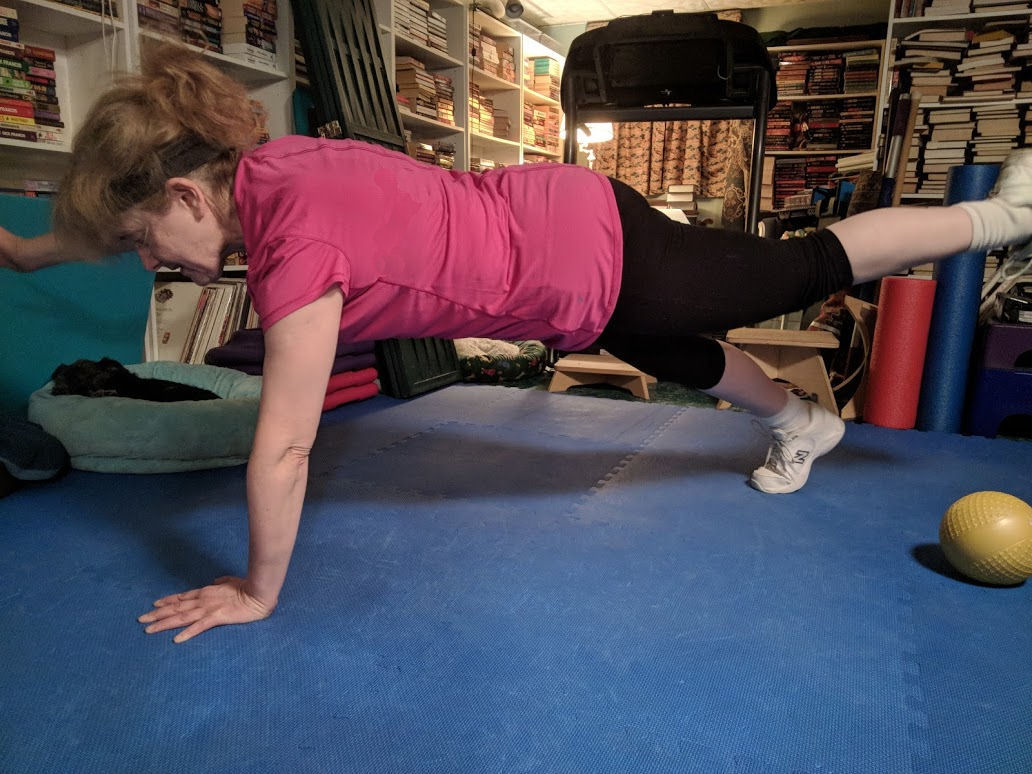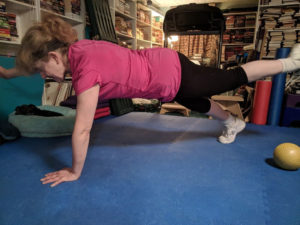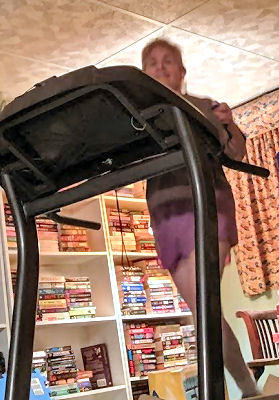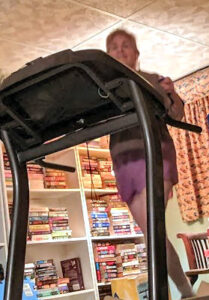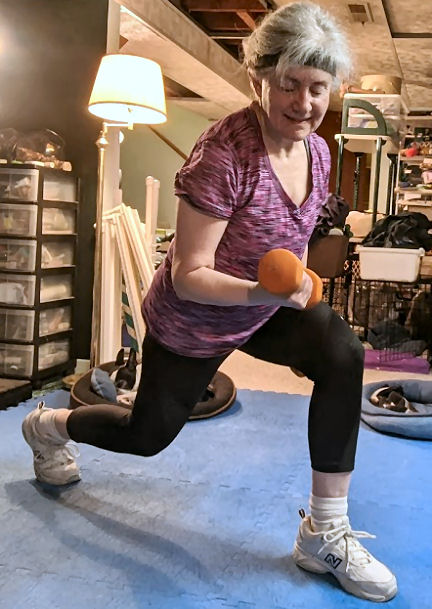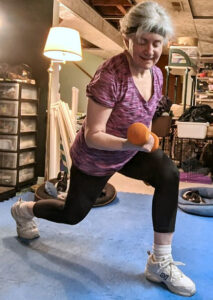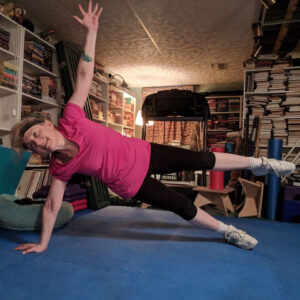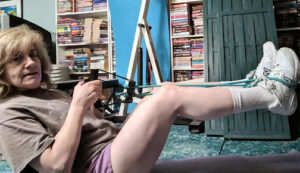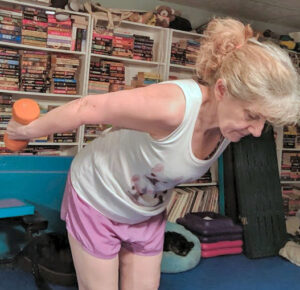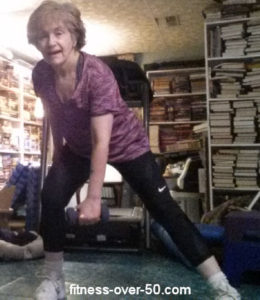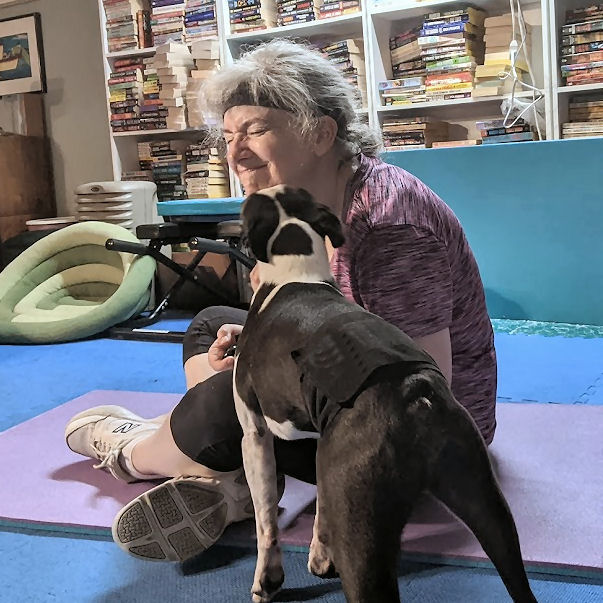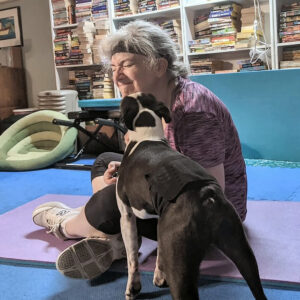What is core stability and why is it important?
In almost every post I make about balance, I emphasize that a strong and stable core is essential. A strong core, I get. I understand strength. But what is core stability? Why do I care?
Core stability means that your core helps your spine maintain control when you move in different directions. For example, if you raise your arm, your oblique muscles in your abdomen are engaged. When we rotate our shoulders, a stable core holds us upright.
Everything inside us is connected. I want a stable spine so that I can sit and stand upright, and not to mention, breathe. When our spine is straight, it’s much easier for us to take a breath. You can try it yourself. Breathe when you’re hunched over, like you do at your desk. Now straighten your spine and breathe. Better, isn’t it?
So a stable core means a stable spine.
A strong core helps my back pain. I suppose that having a stable core helps with that as well, because when I’m bending over, I have to stabilize in order to stand up again. And that strong core, holding tight, means that I’m less likely to tweak my lower back.
I don’t think there’s any pain worse than lower back pain. I have sciatica and bursitis in both hips. When my sciatica flared up and wrapped around the bursitis, I couldn’t move. Or, rather, it was like I was moving through something the consistency of ice cream. I was moving, painfully, and extremely slowly. Because it hurt. Heat didn’t help a lot, and neither did ice. I lived with it, and apologized for being so slow. When your back hurts, you can’t do many things that you want to. It’s agony getting in the car so traveling is out of the question. Even mundane tasks like grocery shopping can be an ordeal.
When I did my research on balance a number of years ago after the fall that triggered the bursitis, I also learned that having a strong core could ease back pain. You can bet that as soon as I could move, I focused on core strength.
So, how can you improve your core stability?
Nothing in the studies I’ve read has indicated that there are separate exercises for core stability. Work the core strength exercises, and the stability part gets thrown in. Bonus.

